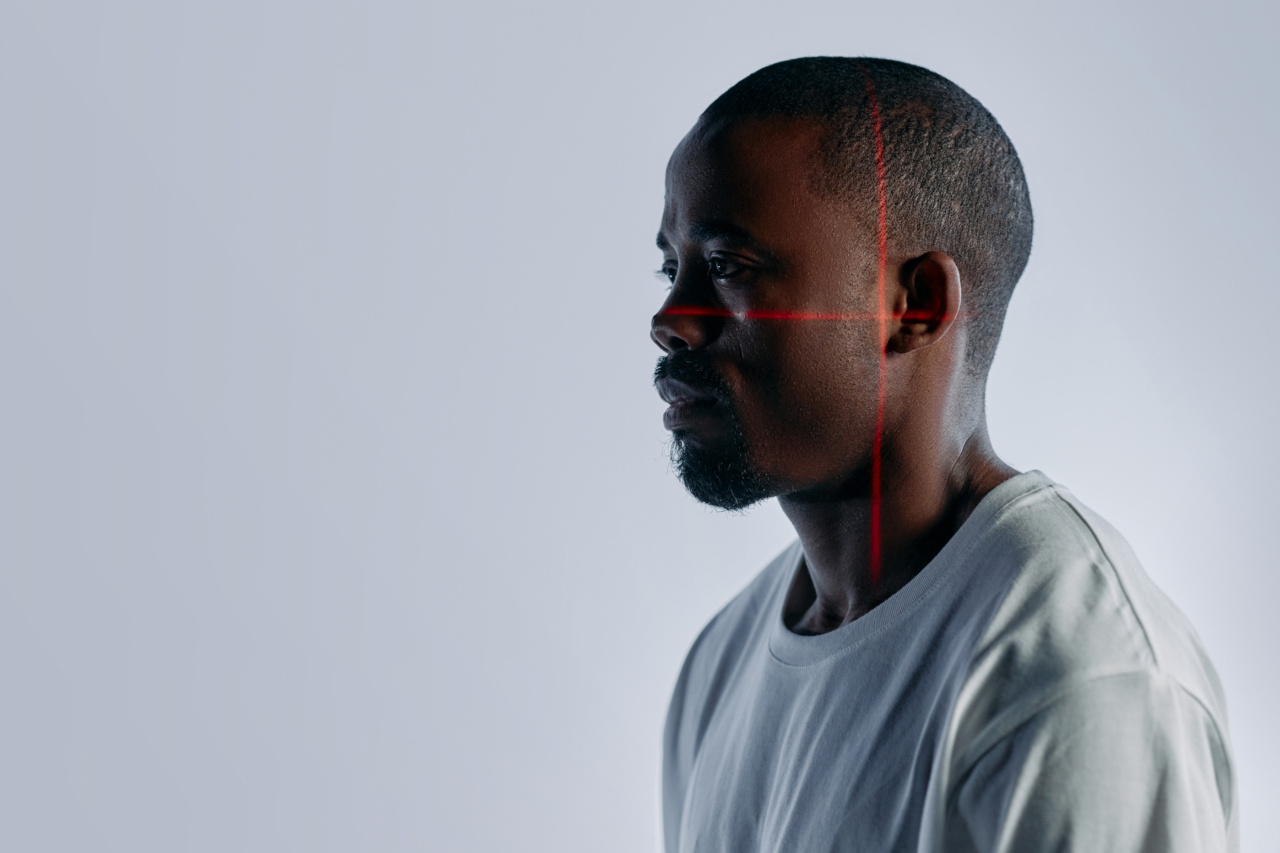The bladder coccyx, also known as coccygodynia, is a condition characterized by chronic pain in the tailbone area. It can cause significant discomfort and impact daily activities.
While traditional treatment options such as pain medications and physical therapy can provide relief for some individuals, advanced laser healing is emerging as a promising and innovative approach to managing bladder coccyx.
The Basics of Bladder Coccyx
Before delving into the advanced laser healing techniques, it is essential to understand the basics of bladder coccyx. The coccyx is a small triangular bone at the base of the spine.
It consists of three to five fused vertebrae and is responsible for providing support and stability while sitting. Bladder coccyx occurs when there is inflammation or injury to the coccyx, leading to persistent pain in the area.
Symptoms and Diagnosis
Individuals with bladder coccyx often experience pain that worsens when sitting or with any pressure on the area. The pain may radiate to the lower back and hips, making it challenging to assume comfortable positions.
Other symptoms include tenderness, stiffness, and difficulty moving from a sitting to a standing position.
Diagnosing bladder coccyx typically involves a medical history review and a physical examination. X-rays or other imaging tests may be ordered to rule out any other underlying conditions that could be causing the pain.
It is crucial to consult a healthcare professional for an accurate diagnosis and appropriate treatment plan.
Traditional Treatment Approaches
There are several traditional treatment options available for individuals with bladder coccyx:.
1. Pain Medications
Over-the-counter pain relievers, such as acetaminophen or nonsteroidal anti-inflammatory drugs (NSAIDs), may help alleviate mild to moderate pain associated with bladder coccyx.
In some cases, stronger prescription medications may be prescribed by a physician.
2. Physical Therapy
Physical therapy can play a crucial role in managing bladder coccyx. Therapeutic exercises, stretches, and manual therapy techniques can help improve flexibility, strengthen the surrounding muscles, and reduce pain.
Additionally, therapists may use techniques such as ultrasound or heat therapy for pain relief.
3. Seat Cushions and Modifications
Using specialized seat cushions or modifications that relieve pressure on the coccyx can provide significant relief for individuals with bladder coccyx. These cushions are designed to distribute body weight evenly, reducing stress on the tailbone area.
Advanced Laser Healing for Bladder Coccyx
With advancements in medical technology, laser therapy is emerging as a potential treatment option for bladder coccyx.
Laser therapy, also known as photobiomodulation, uses specific wavelengths of light to stimulate cellular processes and promote tissue healing and pain relief.
How Does Laser Therapy Work?
During a laser therapy session, a healthcare professional uses a handheld device to direct the laser light to the affected area.
The light energy penetrates the skin and reaches the deep tissues, where it interacts with cells and promotes various physiological responses.
Laser therapy can stimulate the production of adenosine triphosphate (ATP), a molecule that provides energy to cells.
This increased energy production supports the healing process by enhancing cellular metabolism and accelerating tissue repair and regeneration.
In addition to ATP production, laser therapy can also improve blood circulation in the treated area. Increased blood flow brings essential nutrients and oxygen to the damaged tissues, facilitating healing and reducing inflammation.
The Benefits of Laser Therapy for Bladder Coccyx
Laser therapy offers several benefits for individuals with bladder coccyx:.
1. Non-Invasive and Pain-Free
Laser therapy is a non-invasive treatment option that does not require any incisions or injections. It is pain-free and generally well-tolerated by patients.
Unlike surgical procedures, there is no risk of infection or scarring associated with laser therapy.
2. Reduced Inflammation
Laser therapy has anti-inflammatory effects, helping to reduce swelling and inflammation in the coccyx area. By decreasing inflammation, laser therapy can alleviate pain and improve mobility.
3. Accelerated Healing
The targeted light energy from laser therapy can accelerate the healing process in bladder coccyx. By stimulating cellular activity and promoting tissue regeneration, laser therapy can lead to faster recovery and pain relief.
4. Minimal Side Effects
Compared to pharmaceutical interventions, laser therapy has minimal side effects. Some individuals may experience slight redness or warmth in the treated area, but these effects typically subside quickly.
5. Complementary to Other Treatments
Laser therapy can be used alongside other traditional treatment approaches for bladder coccyx, enhancing their effectiveness. It can be particularly beneficial when combined with physical therapy exercises to accelerate healing and maximize outcomes.
Is Laser Therapy Right for You?
While laser therapy shows promise as an advanced healing option for bladder coccyx, it may not be suitable for everyone.
It is important to consult a healthcare professional to determine if laser therapy is the right choice for your specific condition and health circumstances.
Individuals who are pregnant, have certain types of cancer, or have active infections in the treatment area may not be candidates for laser therapy.
Additionally, the overall success of laser therapy depends on various factors, including the severity of the coccyx condition and individual response to treatment.
Conclusion
Bladder coccyx, or coccygodynia, can be a challenging condition to manage due to the chronic pain it causes. While traditional treatment options can provide relief for some individuals, advanced laser healing is emerging as a promising approach.
Laser therapy offers a non-invasive, pain-free, and effective method to alleviate pain, reduce inflammation, and accelerate healing in bladder coccyx. Consultation with a healthcare professional can help determine if laser therapy is a viable option for you and your specific circumstances.





























